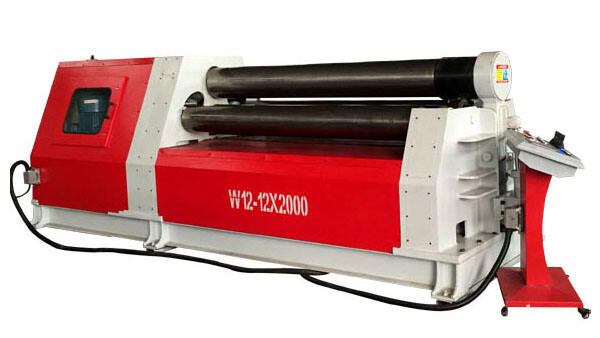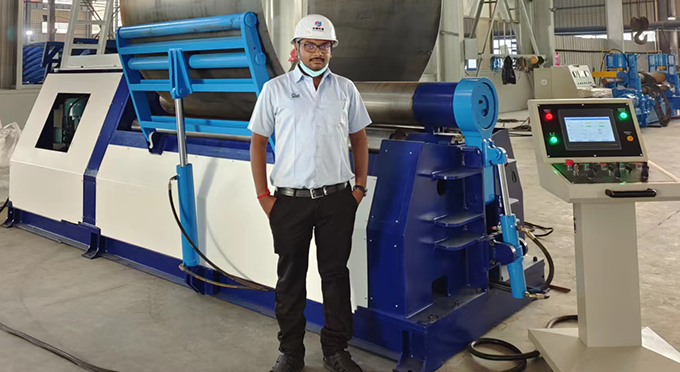Understanding Laser Cutting Technology and Cost Benefits
Fiber vs CO2 Lasers: Choosing the Right Cost-Saving Tool
When deciding between fiber laser cutting machines and CO2 laser cutting machines, it's important to understand their technological differences and cost implications. Fiber lasers operate using a solid-state laser source, boasting high efficiency and faster cutting speeds, making them ideal for thin to medium thickness materials. Conversely, CO2 laser cutting machines utilize a gas mixture, excelling in cutting thicker materials with high-quality edges.
The cost considerations for each option vary. Fiber lasers often require a higher initial investment but boast lower maintenance and operational costs due to fewer moving parts and less frequent component replacements. In contrast, CO2 lasers may have a lower upfront price but incur higher operational costs over time due to regular maintenance needs and energy consumption.
Choosing the right laser can significantly influence production speed and precision, impacting overall cost-effectiveness. Fiber lasers are particularly advantageous for high-volume production runs, offering speed and precision that can result in substantial savings. Industry statistics suggest that fiber lasers can lead to long-term savings due to their efficiency, cutting speeds, and reduced energy usage compared to CO2 lasers.
How Precision Cutting Reduces Material Waste
Precision cutting technology plays a crucial role in modern manufacturing by minimizing material waste and lowering costs. The ability to produce cuts with reduced kerf widths and enhanced cut quality directly contributes to less wasted material. This precision not only improves the yield from raw materials but also results in significant cost savings for manufacturers.
For instance, companies implementing optimized cutting techniques through laser cutting technology have reported improved efficiency and reduced material consumption. Case studies reveal cost reductions achieved by utilizing laser precision, eliminating excess trimming and maximizing usable material.
Additionally, reducing material waste aligns with sustainability efforts, offering environmental benefits by decreasing the amount of material discarded. As precision cutting becomes more integral to manufacturing, its role in promoting sustainable practices cannot be overstated. Enhanced accuracy and efficiency translate into not only economic gains but also a smaller environmental footprint, reinforcing the importance of adopting advanced cutting technologies in today's eco-conscious world.
Key Cost-Saving Features of Modern Laser Cutting Machines
Automation Integration with CNC Guillotine Shearing
Incorporating automation into CNC guillotine shearing machines has revolutionized the way we approach laser cutting operations. Automation streamlines production processes by reducing the reliance on manual labor, which leads to significant cost savings and increased productivity. For example, automated CNC systems can handle repetitive tasks with precision, minimizing downtime and enhancing throughput. According to recent industry reports, incorporating automation can boost production efficiency by up to 40%, drastically reducing labor costs.
Additionally, automation enhances safety by reducing human intervention in hazardous processes, thereby minimizing the chances of human error. This shift not only protects workers but also ensures consistent quality in output, further solidifying the operational excellence of automated laser cutting solutions. As a result, the adoption of automation in CNC guillotine shearing has become synonymous with efficiency and cost-effectiveness. This also aligns with industry trends toward sustainable practices and smart manufacturing.
Energy-Efficient Operations for Lower Overhead
Modern laser cutting machines boast impressive advancements in energy efficiency, offering lower operational costs for businesses. With improvements in technology, these machines consume less power compared to older models, which translates to substantial overhead savings. Businesses can particularly benefit from machines that use less energy when compared to conventional setups—sometimes reducing energy consumption by up to 50%. Given that energy expenses can make up a significant portion of operational costs, these reductions are crucial in achieving financial efficiency.
Statistics from recent studies highlight the tangible benefits, showing that companies who switch to energy-efficient laser machines can recover their initial investment within a few years due to decreased energy expenditures. This transition not only promotes cost savings but also contributes positively to environmental sustainability by minimizing carbon footprints. Thus, embracing energy-efficient operations is not just a matter of fiscal prudence but also a step towards sustainable manufacturing solutions in industries aiming to balance their budget and ecological responsibilities.
Industry-Specific Applications and Financial Advantages
Automotive Manufacturing: Speed and Repeatability Savings
In the automotive industry, speed and precision are crucial elements that influence manufacturing outcomes. Laser cutting technology effectively addresses these needs by enabling faster production with great accuracy. By reducing cycle times, laser cutters contribute substantially to cost savings, making them ideal for automotive manufacturing demands. For instance, integrating laser cutting machines into production lines can significantly cut processing times, resulting in a more streamlined workflow. Companies like Ford and GM have successfully utilized these technologies, which has in turn heightened efficiency and reduced operational costs. Industry data corroborates these benefits, with studies showing that laser cutting can reduce production times by as much as 40%, leading to notable financial gains.
Aerospace Part Production: Minimizing Rework Costs
The aerospace industry is distinguished by its stringent quality standards, where the precision of parts is paramount. Laser cutting machines excel in meeting these demands by producing components with high accuracy and minimal need for rework. This precision aids in managing financial implications associated with rework, which otherwise can escalate costs substantially. According to aerospace industry reports, implementing laser cutting technology has led to reductions in rework expenses by up to 30%, underscoring the importance of precision cutting. Companies like Boeing have taken advantage of these advanced cutting technologies, reporting enhanced performance and cost savings in their manufacturing processes. These developments highlight how aerospace manufacturers can leverage laser cutters to maintain high-quality standards while optimizing costs.
Long-Term ROI and Sustainability Considerations
Durability of Hydraulic Press Brake-Compatible Systems
Investing in laser cutting machines that are compatible with hydraulic press brake machines can significantly enhance the longevity and return on investment (ROI) of manufacturing operations. These systems are designed to seamlessly integrate, ensuring that both precision and durability are maximized. The financial advantages of such durable compatibilities become evident over time as operational efficiencies improve with reduced maintenance costs. Data suggests that the lifespan of these integrated systems often exceeds expectations, leading to substantial savings on replacement and repair costs. Companies that have adopted these systems have reported increased ROI facilitated by fewer downtimes and sustained performance efficiency, showcasing the financial wisdom in selecting machines, like a hydraulic press brake, built for longevity.
Reducing Scrap with Three Roll Plate Rolling Integration
Three roll plate rolling machines play a crucial role in optimizing the laser cutting process by significantly reducing material waste. This integration contributes to long-term cost savings as businesses benefit from efficient material utilization and minimized scrap. Case studies highlight companies that have leveraged this technology, resulting in notable financial gains through better resource allocation and less discarding of usable materials. The benefits of this integrated solution extend beyond just financial incentives, offering substantial environmental benefits by reducing overall waste output. Adopting such technology aligns with sustainable manufacturing practices, providing a strong case for pairing laser cutting with a three roll plate rolling machine for both economic and ecological reasons.




